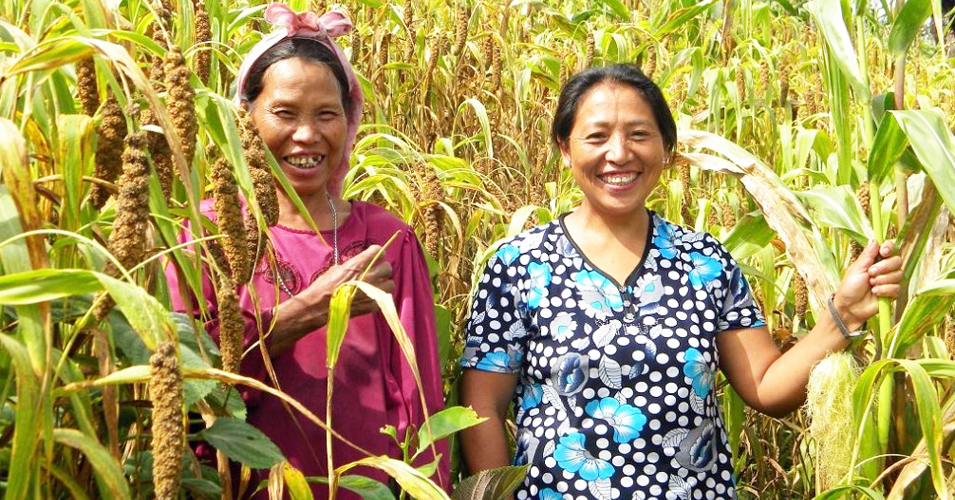Farmers across India have been encouraged to cultivate millet in view of the year 2023 being declared by the United Nations as the “International Year of the Millet.” In an effort to promote cultivation and consumption of millets on a larger scale, States and Indian embassies have been allocated a ‘focused month’ each in 2023 to promote millets as part of the International Year of the Millet.
According to a report by NITI Aayog titled ‘Promoting Millets in Diets: Best Practices across States/UTs of India’, Nagaland in 2020-21 cultivated millet in a total area of 10.17 (‘000) hectare and produces 11.31 (‘000) tonnes in a year. The total yield was 1111.86 Kg/hectare annually according to the report.

The type of millets Nagaland grows includes Jowar (Sorghum), Bajra, Ragi and small millets. The yield of Jowar was 964.00 kg/hectare; Bajra – 1014.00 kg/hectare; Ragi – 971.00 kg/hectare and small millets – 1130.00 kg/hectare.
According to Joint Director of Agriculture, N Jacob Yanthan, the department was targeting to increase the area of millets to about 10000 ha in the state from the existing 8000 ha, and informed that the department had procured about 25 MT of local seeds and distributed it to the farmers as inputs.
According to a PIB report, Government has also started formulating five-year strategic plan for the promotion of millets and value-added millet products in the international market in association with ICAR-Indian Institute of Millets Research (IIMR), Hyderabad, ICMR-National Institute of Nutrition, Hyderabad, CSIR-Central Food Technological Research Institute (CFTRI), Mysore and Farmer Producer Organizations (FPOs).
As per the Directorate General of Commercial Intelligence & Statistics (DGCIS) data, India registered a growth of 8.02% in the export of millets in the financial year 2021-22. It is estimated that the millets market is set to grow to 12 billion US dollars by 2025 from the current 9 billion dollars.
Millets, according to research, have superior nutritional values in comparison to highly consumed cereals such as rice and wheat. Millets are rich in calcium, iron and fibers that help in fortifying essential nutrients for the healthy growth in children. Also, the usage of millets in infant food and nutrition products is increasing.
Millets are also climate smart crops and resilient to climate change that could grow on poor soils with little or no external inputs and are capable of growing under drought conditions even in very low rainfall regimes.
“Millets were a very common part of our diets. However, our dietary patterns have slowly shifted more towards rice and wheat. With the rise in non-communicable diseases like diabetes, millets are coming back to our diets. There is an immense potential of millets in nutritional security of the nation,” CEO of the NITI Aayog, BVR Subrahmanyam said.



